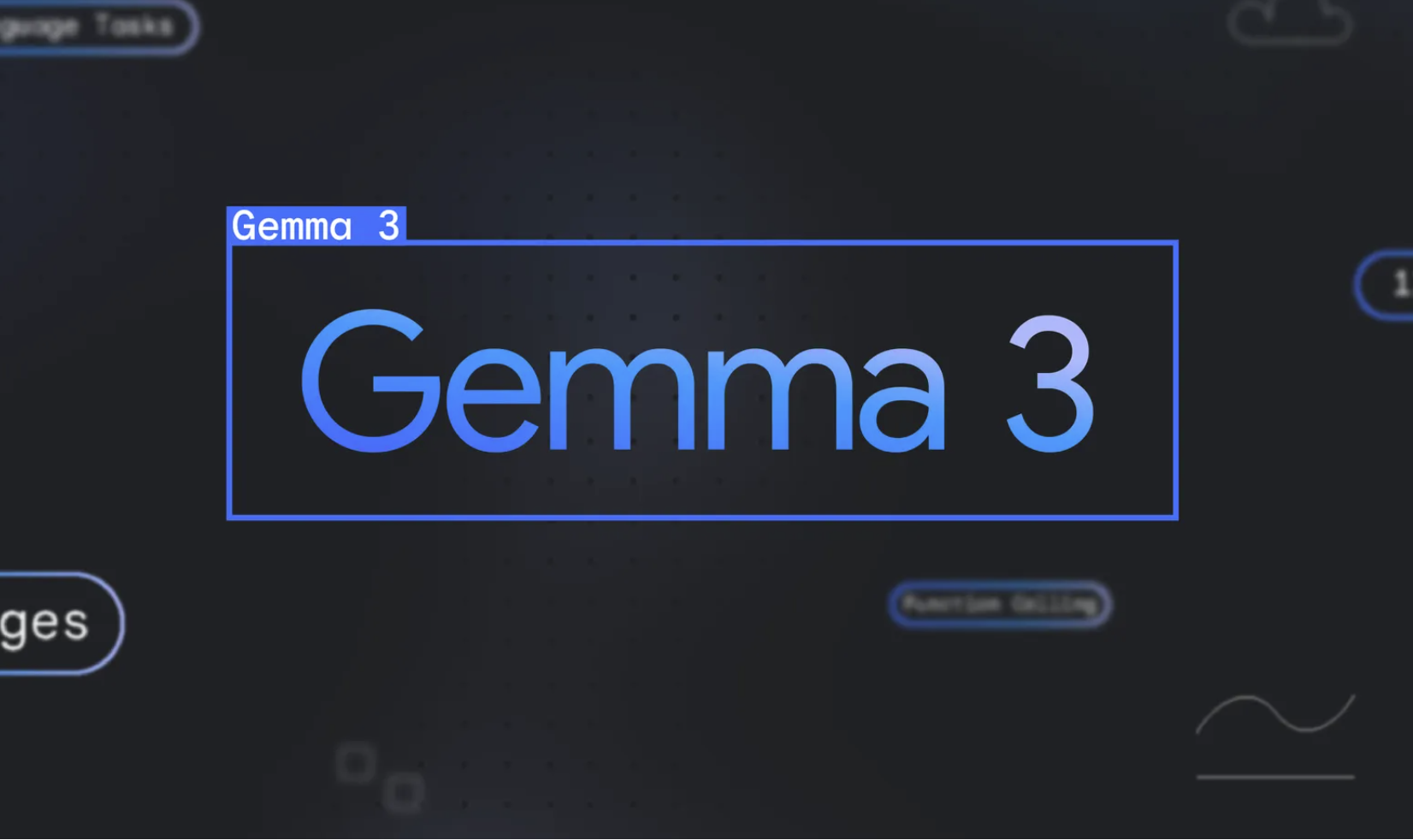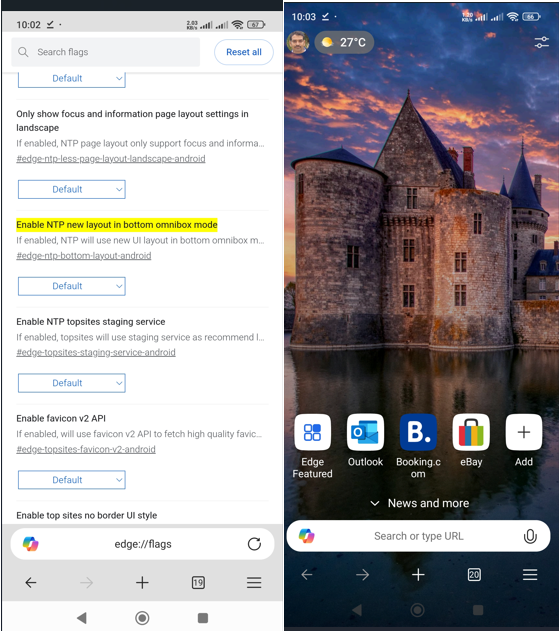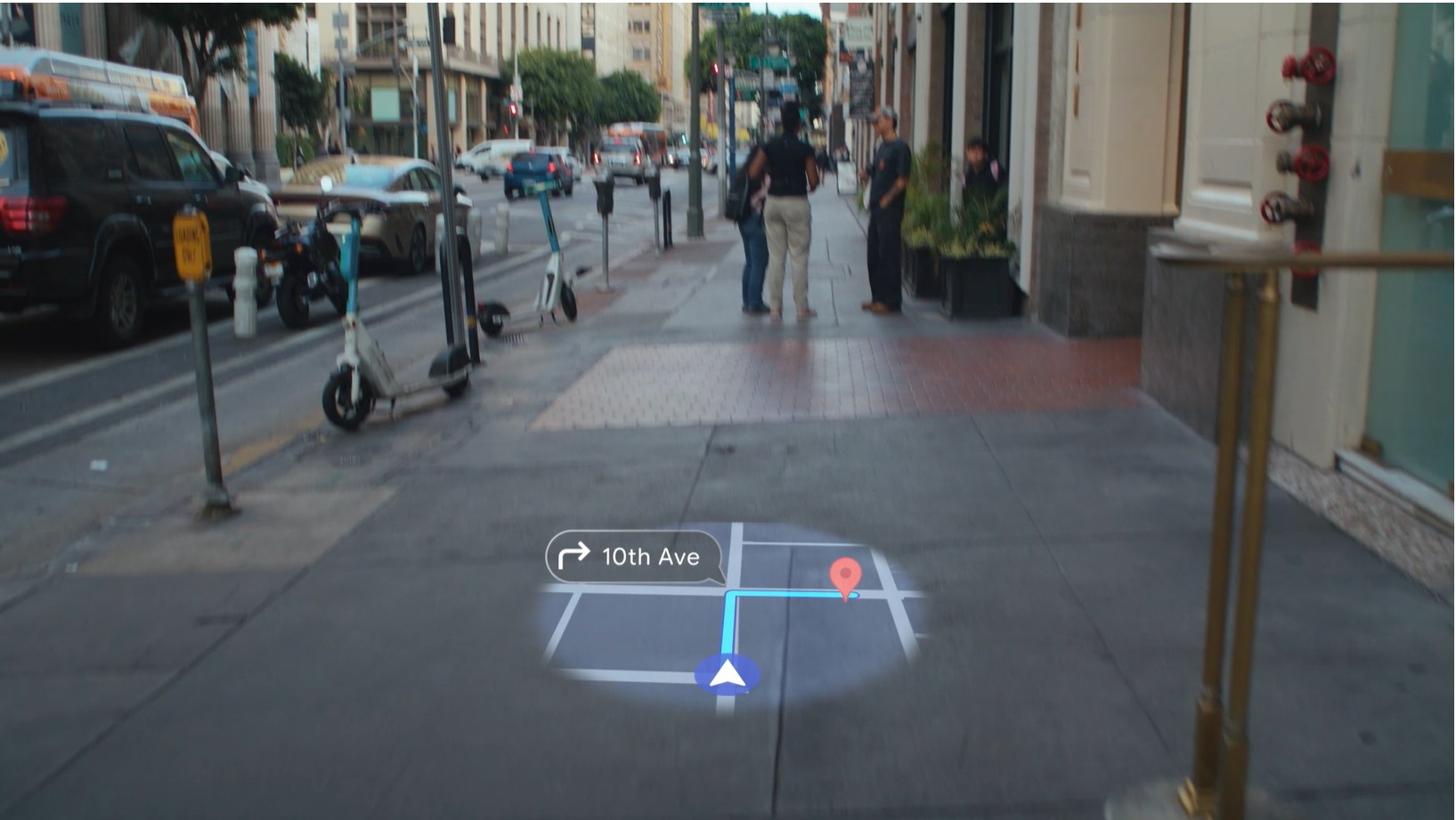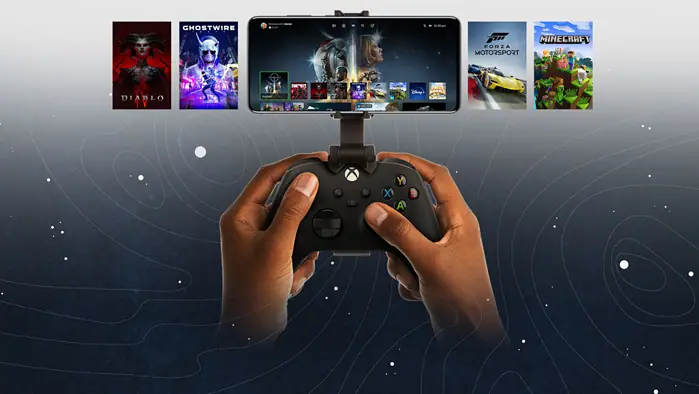Microsoft patents flat lenses useful for a more compact HoloLens
2 min. read
Published on
Read our disclosure page to find out how can you help MSPoweruser sustain the editorial team Read more

While the narrow field of view has been the number 1 issue with the Microsoft HoloLens, the number 2 issue has been the bulk of the device, necessary due to the number of sensors the headset contains.
One of those is the Kinect-like depth sensor, which uses an IR projector and IR camera to do time of flight depth sensing of the environment.
To produce a slimmer Hololens that assembly itself would need to be slimmed down. Now a new patent application by Microsoft is showing the way.
The patent uses the new technology of flat lenses, which allows for the construction of a projector or camera much slimmer than current designs.
The lead inventory, Michael Wang, who is a specialist in Mobile Imaging & Display; AR/VR & LiDAR, writes:
Flat lens imaging devices and systems are disclosed herein. In one embodiment, a device includes an infrared emitter configured to emit at least one wavelength of infrared light spectrum across a radiation angle. The device further includes a flat lens configured to receive the infrared light from the infrared emitter and adjust the radiation angle for the at least one wavelength of infrared light, providing an adjusted radiation angle, therein performing beam shaping functions.
Flat lenses came to prominence last year due to developments in meta-material technology.
It uses a special surface structure, which may be tiny pillars of silicon (106 in the illustration above), to instantaneously bend light on the surface of the lens, rather than using the varying thickness of glass to do it via refraction. Due to the technology using a microscopic surface structure to do the work it is actually easy and cheap to integrate into the CMOS chip design and allows for very thin optical designs for both IR light emitters and sensors.
We do not know of course if this technology will show up in the next version of the HoloLens, but it is just one of the many improvements that will be needed to create a glasses-like headset which would enable seamless use in daily life needed to fulfil the ultimate promise of AR and Mixed Reality.
The patent was filed in April 2016 and can be seen in full here.









User forum
0 messages